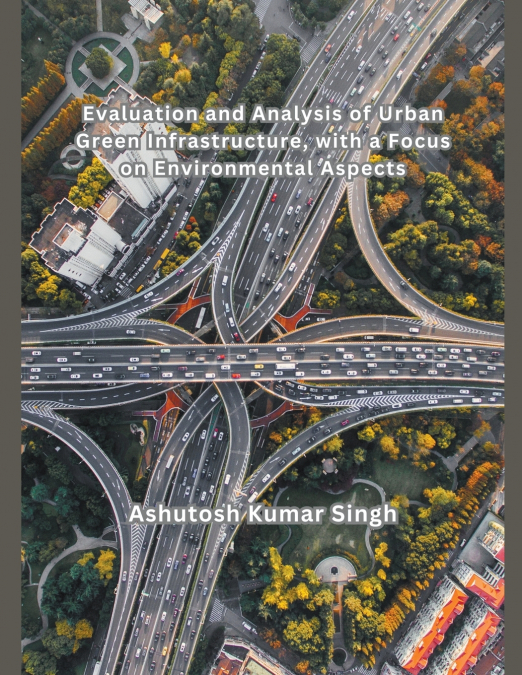
Ashutosh Kumar Singh / MOHAMMED ABDUL SATTAR
Green Infrastructure (GT) is a comprehensive planning concept that aims to enhance urban green spaces. The term 'green infrastructure' originates from the Latin words 'infra,' meaning 'in the bottom,' and 'structura,' meaning 'layout' or 'array.' Tt encompasses public buildings, service institutions, devices, and systems that serve a country, city, or specific area. The idea of GT originated in the United States over 160 years ago and evolved from connecting parks with green spaces that provide essential services to the community, acting as the area’s life support system and ensuring the preservation of natural value and biodiversity. Benedict and McMahon define green infrastructure as 'an interconnected network of green spaces that conserves natural ecosystem values and functions, while also providing associated benefits to human populations.' This network consists of various natural and semi-natural green spaces, such as parks, gardens, cemeteries, churchyards, river and railway embankments, natural conservation areas, and archaeological sites. Additionally, engineered systems and sustainable urban drainage systems (SUDS) can be incorporated into green infrastructure, including water-sensitive urban design (WSUD) and low-impact development (LTD). Examples of these systems include infiltration and filter drains and strips, detention and infiltration basins, bio-retention areas and rain gardens, green and blue roofs, swales, wetlands and ponds, and permeable surfaces found in both urban and rural areas. Components of green infrastructure play a crucial role in conserving and enhancing diversity at the habitat, species, and gene levels within ecosystems. Diversity is a vital indicator of ecosystem health, as species-rich and heterogeneous habitats are considered more resilient compared to homogeneous ones. Species-rich ecosystems are more efficient in maintaining their organization and exhibit higher productivity compared to species- poor ecosystems. Urban green infrastructure and other public spaces are fundamental structures that contribute to sustainability and improve the quality of life in compact cities. In alignment with the recognition of green spaces as essential urban infrastructure, goal 11 of the United Nations’ 17 Sustainable Development Goals is to 'make cities inclusive, safe, resilient, and sustainable,' which includes providing access to green and public spaces for all segments of society.